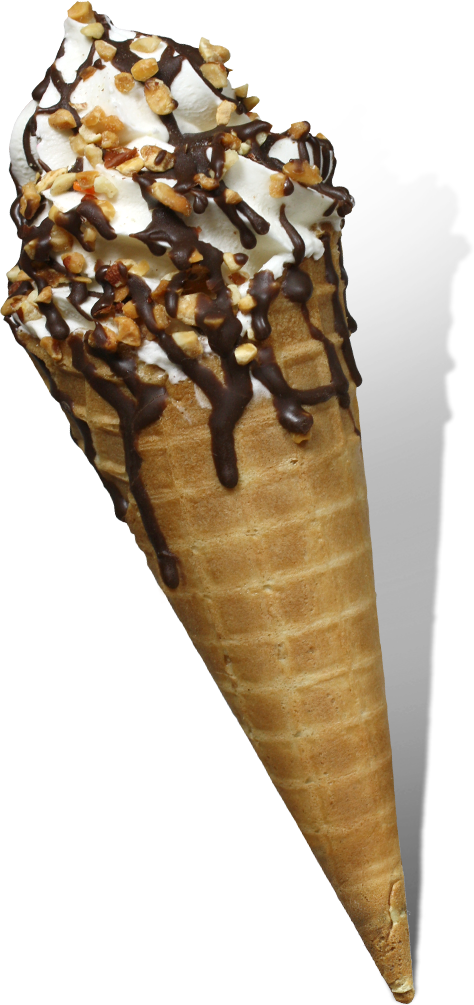Our
Process


We take delivery of farm-fresh milk daily. We slowly blend in very exact amounts of sugar, and additives to thicken the milk and begin the journey to delicious creamy goodness.
The blended mixture is funneled into a pasteurization machine, where it is heated up by contact of water-heated steel pipes. The cold milk mixture is brought up to 180°F (82°C). This ensures that any bacteria in the milk are killed off.
Fat particles must be broken down to prevent them from separating from the rest of the mixture. Intensive air pressure of up 2,000 pounds PSI forces the hot mixture through a small opening into the homogenizer, which then further blends it for a smoother product.
To allow the ingredients to fully blend, the mixture passes through the pasteurizer again, this time cooled by cold-water pipes. Once down to 36°F (2° C), it is pumped into cooling tanks and set in the cold room for up to eight hours.
Our mixture is now getting closer to the texture of ice cream. The big batch is split into portions of about 275 gallons and poured into stainless steel vats. Delicious flavorings are piped into the vats and blended thoroughly.
Here is where the mixture comes to a soft-serve consistency. Continuous freezers use liquid ammonia to keep temperatures steady at -40°F (-40°C), and air is injected into the mixture while freezing to obtain ice cream fluffiness.
It’s almost ready! We fill our ice cream cartons – most commonly half-gallon and gallon sizes – with measured amounts of ice cream. A machine snaps a lid on each carton and maneuvers it onto a conveyer belt for imprinting and shrink-wrapping.
Your ice cream doesn’t melt on the way to the supermarket. Why? Because the ready cartons pass through this final hardening process. The ice cream is placed into a tunnel with a wind chill of -60°F (-51°C), reaching a temperature of -10°F (-23°C).